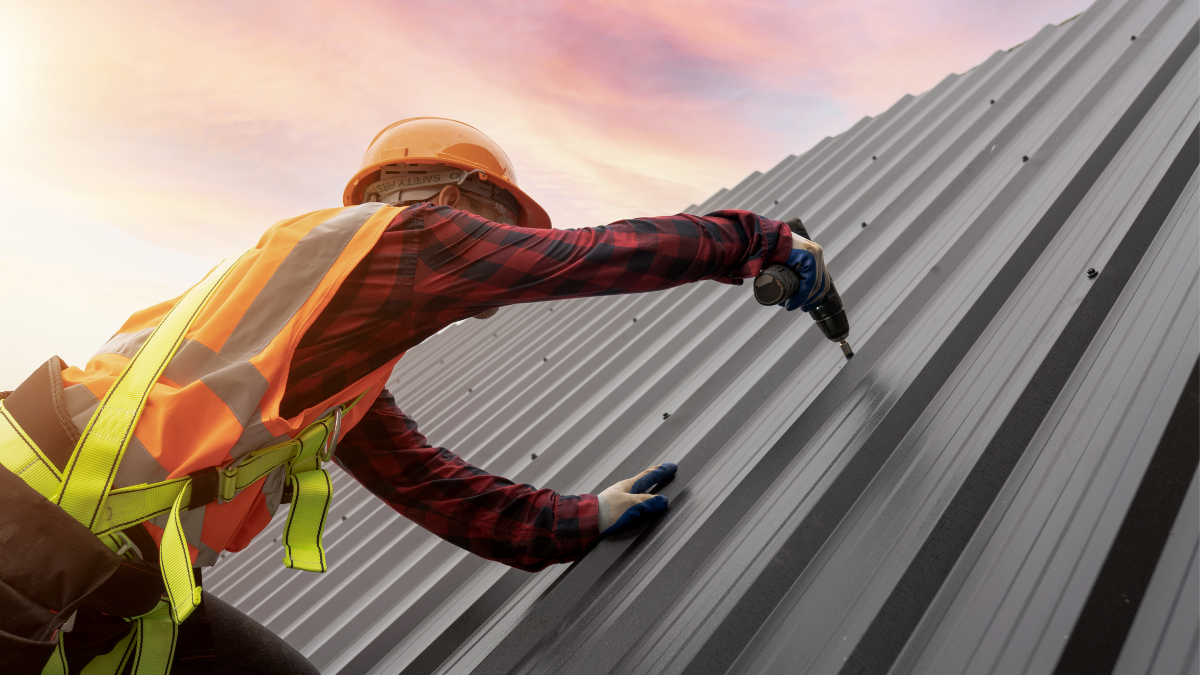Does insurance cover metal roofs? In this comprehensive guide, we explore the topic of insurance coverage for metal roofs in the United States. We delve into the factors that determine coverage, such as the age and condition of the roof, the type of metal used, and the geographic location.
Does Insurance Cover Metal Roofs?
Metal roofs have gained popularity among homeowners in recent years due to their durability, energy efficiency, and aesthetic appeal. However, a common concern among homeowners contemplating a metal roof installation is whether their insurance policy will cover any potential damages or replacements. In this blog post, we will explore the factors that determine insurance coverage for metal roofs in the United States.
Understanding Insurance Coverage for Homeowners
Homeowner’s insurance is designed to protect homeowners from potential financial loss due to damages to their property. It typically covers dwelling insurance, which includes the structure of the house, as well as personal property within it. However, coverage specific to the roof may vary.
Determining the Policy Coverage
Before assuming what your insurance policy covers, assess the existing policy to understand its provisions. Some policies might include specific coverage for roofs, while others may have limitations or exclusions. Study your policy documents and consult your insurance provider to determine the extent of coverage for your metal roof.
Insurance Factors that Affect Coverage
Several factors can influence whether your insurance policy covers your metal roof:
- Age and condition of the roof: Older roofs may have limited coverage, as insurance companies typically account for wear and tear.
- Type and quality of the metal roof: Different types of metal roofing, such as steel, aluminum, or copper, may have varying levels of coverage.
- Geographic location and weather-related risks: Areas prone to severe weather conditions like hailstorms or hurricanes might have different coverage limitations.
- Local building codes and regulations: Ensure your metal roof meets local building codes and regulations to maximize coverage.
Benefits of Metal Roofing for Insurance Coverage
Insurers often appreciate the qualities of metal roofs, which can positively impact coverage:
- Durability: Metal roofs are known for their longevity, reducing the likelihood of claims for damages.
- Energy efficiency: Metal roofs can lower energy consumption, potentially leading to lower premiums.
- Fire-resistant and weather-resistant qualities: Metal roofs offer increased protection against fires, strong winds, and hail damage, which insurers consider favorable.
What To Do If Your Insurance Does Not Cover Metal Roofs
If your current insurance policy does not cover metal roofs, consider the following options:
- Seek advice from insurance providers or agents: Explore whether any upgrades or endorsements are available to extend coverage.
- Consider additional policy endorsements or riders: Some insurers offer specific endorsements for metal roofs that can be added to your policy for additional coverage.
- Explore alternative insurance options: Specialty insurers may provide coverage specifically tailored to metal roofs.
Documenting Your Metal Roof for Insurance Purposes
Maintain accurate records related to your metal roof installation and maintenance:
- Keep records of invoices, receipts, and warranties associated with the roof’s installation.
- Take photographs of the roof before and after installation to provide visual evidence of the materials used.
- Schedule regular inspections and maintenance to ensure the roof remains in good condition.
Making a Claim for Metal Roof Damages
If your metal roof sustains damages, follow these steps to file an insurance claim:
- Notify your insurance company promptly about the damages and initiate the claim process.
- Provide necessary documentation and evidence, such as photos, invoices, and inspection reports, to support your claim.
- Seek professional assistance, such as roof inspectors or contractors, to assess the extent of the damages and provide expert opinions if required.
Tips for Maximizing Insurance Coverage for Metal Roofs
To ensure maximum coverage for your metal roof:
- Report any damages or issues to your insurance company as soon as possible.
- Stay informed about policy renewal and any potential changes in coverage.
- Take precautions to prevent potential damage to your roof, such as trimming overhanging branches or clearing debris.
Conclusion
Insurance coverage for metal roofs in the United States can vary based on several factors, including the policy, the type of roof, and the location. Homeowners should thoroughly review their policies, consult with their insurance providers, and take necessary steps, such as documentation and maintenance, to maximize their coverage. By being proactive and understanding the nuances of insurance coverage, homeowners can ensure the protection of their metal roofs and potentially avail themselves of benefits in times of need.
We hope that you enjoyed reading does insurance cover metal roofs? If you have any queries or issues, please feel free to connect with us on our Facebook page. We are always happy to help and would love to hear your feedback. Thank you for taking the time to read our blog, and we look forward to hearing from you soon.
